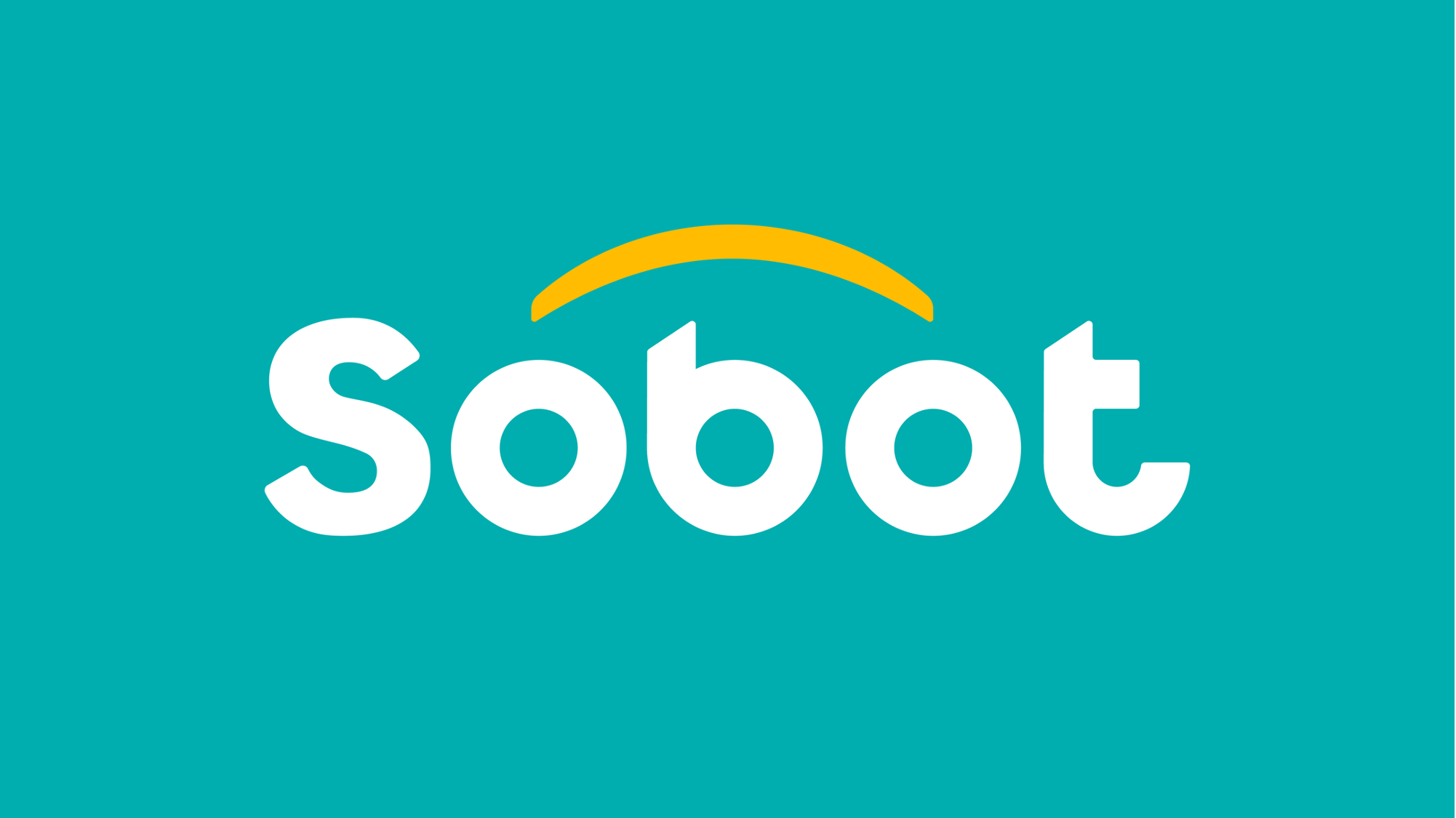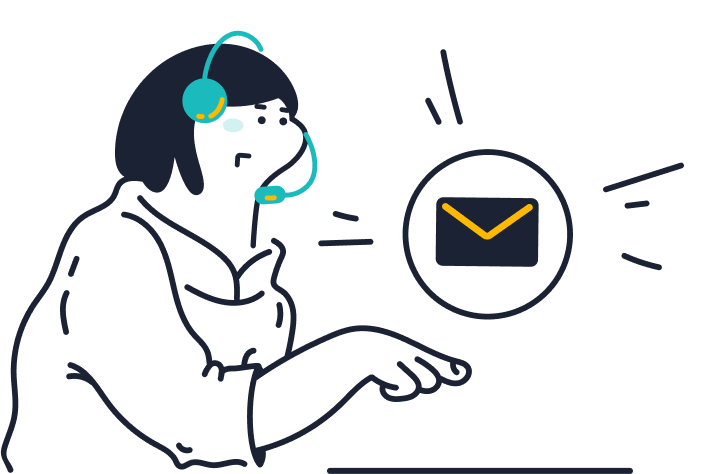WhatsApp has become one of the most popular messaging platforms globally, making it an ideal channel for businesses to interact with customers. A WhatsApp chatbot can automate responses, enhance customer service, and improve engagement. In this guide, we explain how to build a chatbot for WhatsApp effectively.
Understanding WhatsApp Chatbots
Before diving into development, it’s important to understand what a WhatsApp chatbot is. A WhatsApp chatbot is an automated messaging tool that can respond to user queries, send notifications, and handle tasks without human intervention. Businesses use chatbots to provide quick customer support, streamline communication, and save operational costs.
Step 1: Choose the Right Platform
To build a WhatsApp chatbot, start by selecting a platform that supports WhatsApp Business API. Popular options include Twilio, MessageBird, and WATI. These platforms provide the infrastructure to send and receive messages securely and allow integration with your existing systems. Choosing the right platform ensures scalability, reliability, and access to analytics.
Step 2: Set Up WhatsApp Business Account
Next, you need a verified WhatsApp Business account. Go to the WhatsApp Business API portal and complete the registration process. Verification usually requires your business name, address, and tax identification details. Once approved, you will receive an API key to connect your chatbot platform with WhatsApp.
Step 3: Define Chatbot Goals and Conversations
Before coding, clearly define the purpose of your chatbot. Determine the tasks it will handle, such as answering FAQs, processing orders, or sending appointment reminders. Map out the conversation flow to ensure users have a smooth and engaging experience. Using decision trees or flowcharts can help visualize how users navigate through the chatbot.
Step 4: Develop Your Chatbot
With your platform and goals ready, it’s time to develop the chatbot. You can either use no-code chatbot builders provided by platforms or custom-code your solution using programming languages like Python or Node.js. Make sure your chatbot can handle different types of messages including text, images, and buttons. Incorporating AI or NLP (Natural Language Processing) can enhance its ability to understand and respond to user queries more naturally.
Step 5: Test and Deploy
Testing is crucial to ensure your chatbot works seamlessly. Conduct tests on various devices and simulate different conversation scenarios to identify and fix errors. After testing, deploy your chatbot on WhatsApp and monitor its performance. Use analytics to track response times, user satisfaction, and engagement rates.
Step 6: Optimize and Maintain
Building a chatbot is not a one-time task. Continuously optimize the chatbot based on user feedback and analytics. Update the conversation flows, add new features, and ensure it remains compliant with WhatsApp policies. A well-maintained chatbot enhances customer experience and strengthens your business presence on WhatsApp.

Conclusion
Building a WhatsApp chatbot can transform the way your business interacts with customers. By choosing the right platform, defining clear goals, and carefully developing and testing your chatbot, you can provide instant support, improve engagement, and streamline operations. Start building your WhatsApp chatbot today and take your customer communication to the next level.


